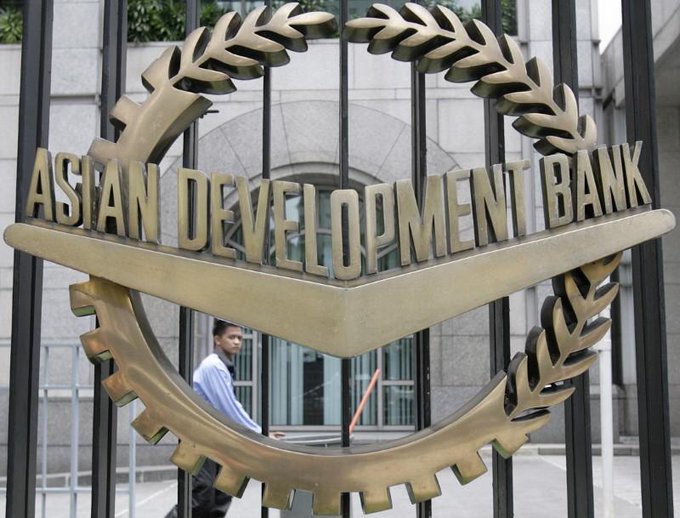Green Finance Recovery Mechanisms Needed to Meet Infrastructure Financing Gap in Southeast Asia — ADB
A new book by the Asian Development Bank (ADB) urges policy makers in Southeast Asia to use green and innovative financing approaches to help catalyze the estimated $3.1 trillion investments required for climate-adjusted infrastructure in the region by 2030. These investments from both public and private sources would be critical to the region’s economic recovery from the coronavirus disease (COVID-19) pandemic.
Green Finance Strategies for Post-COVID-19 Economic Recovery in Southeast Asia, which was launched today on the sidelines of the 7th Annual OECD Forum on Green Finance and Investment, explores innovative, environmentally sustainable, and climate-resilient financing instruments, such as green and transitions bonds for COVID-19 recovery, blue credits for oceans financing, and green securitization, while also providing examples of ADB-supported green initiatives.
“A green recovery for Southeast Asia is needed to encourage long-term, sustainable job creation in a region with more than 650 million people,” said ADB Vice-President Ahmed M. Saeed, who will speak at the forum on 9 October. “It will boost equitable growth, protect the environment, and help governments meet the Paris climate agreement targets. This timely book shows how green finance can spur growth in the region and overcome the challenges of climate change and a global pandemic.”
Green finance refers to all financing instruments, investments, and mechanisms that contribute to climate and environmental sustainability goals. It aims to reduce greenhouse gas emissions, boost climate resilience, and improve environmental protection, such as air and water quality, ecosystems, and biodiversity.
The book recommends that governments use green finance catalytic approaches to build upon national green targets and programs and steer away from fossil fuel or carbon-intensive investments. While some countries have embarked on green projects and bonds, much more needs to be done to help Southeast Asia’s economies meet their large financing needs and accelerate economic recoveries in a sustainable manner.
ADB has supported innovative financing mechanisms for green infrastructure, including thematic bonds, national green finance vehicles, green projects, and other initiatives. The ADB-administered Association of Southeast Asian Nations (ASEAN) Catalytic Green Finance Facility (ACGF) aims to spur more than $1.4 billion in green infrastructure investments across Southeast Asia. In recent years, rising investor interest in green financing in developing Asia has been reflected in the growth of green, sustainability, and social bonds.
“Our book aims to emphasize the critical role that such instruments can play in leveraging scarce public sector funds to mobilize green funds from all sources, such as private pension and insurance funds, commercial banks, and the capital markets. Blending such funds will be critical to Southeast Asia’s recovery from COVID-19 amid the worsening infrastructure financing gap, which was at more than 60% before the pandemic hit,” said ACGF Unit Head Anouj Mehta.
With a growing green finance market in developing Asia, ADB committed $6.5 billion in climate finance from its own resources in 2019. ADB aims to reach a cumulative $80 billion from 2019 to 2030 in climate financing under its Strategy 2030, with a commitment to make 75% of all ADB projects climate relevant by 2030.
ADB is committed to achieving a prosperous, inclusive, resilient, and sustainable Asia and the Pacific, while sustaining its efforts to eradicate extreme poverty. Established in 1966, it is owned by 68 members—49 from the region.

